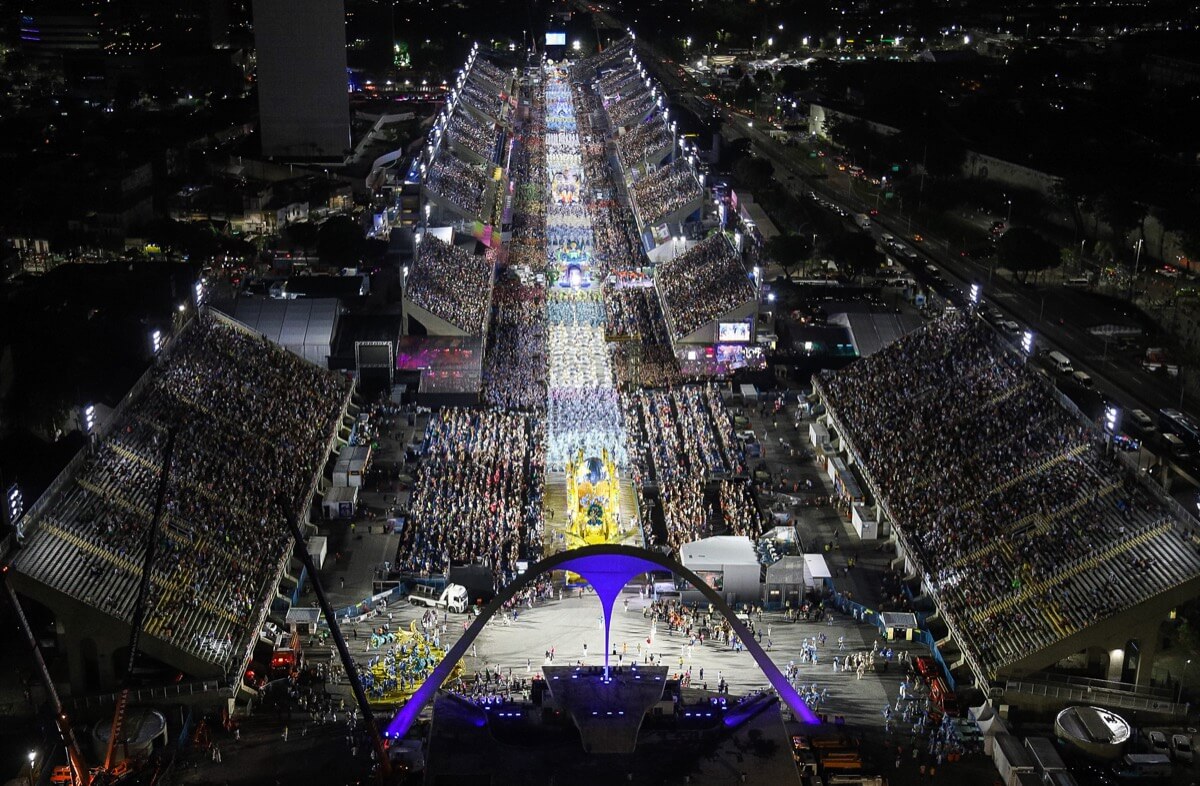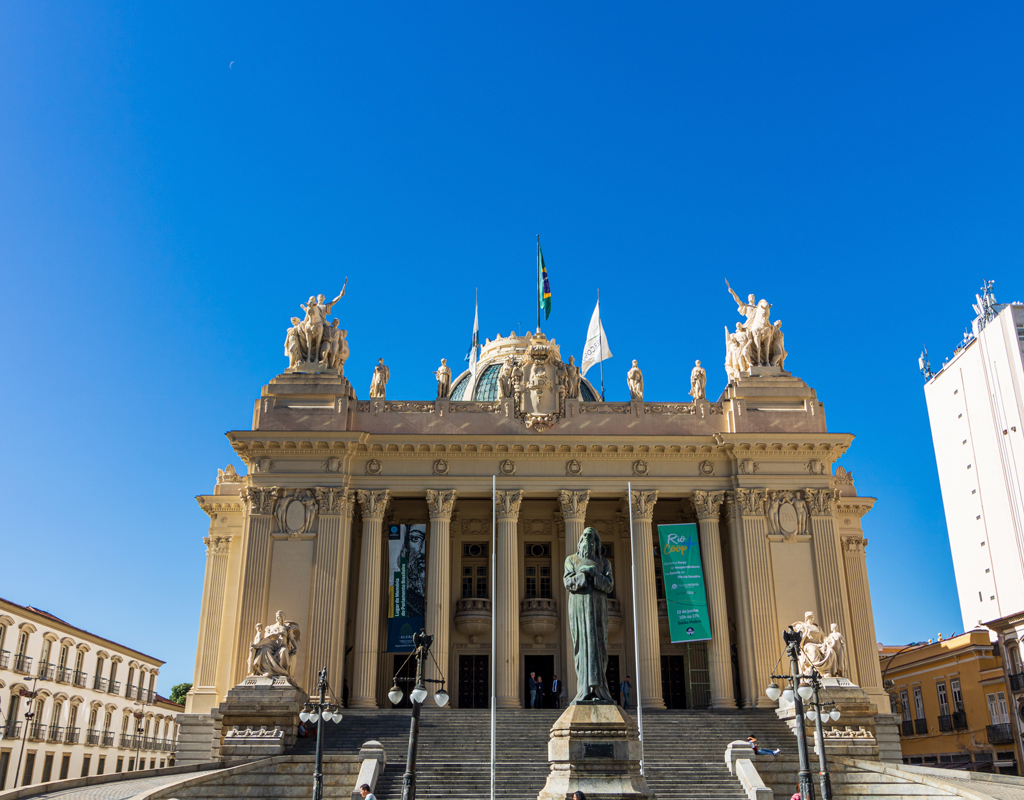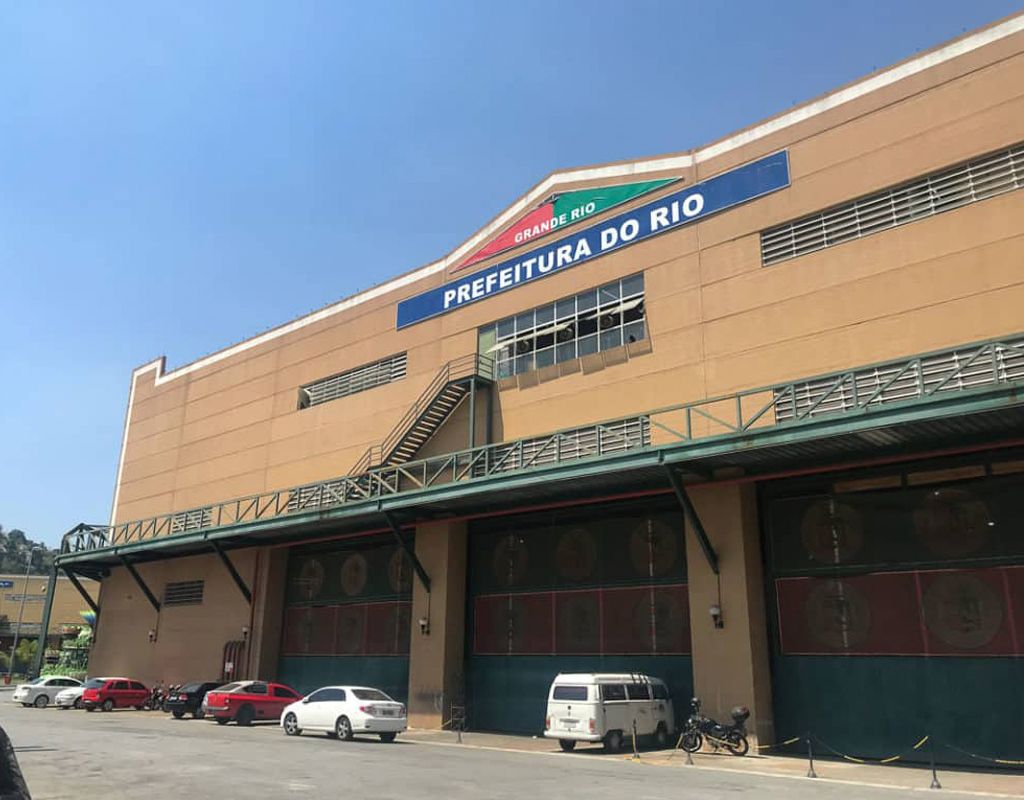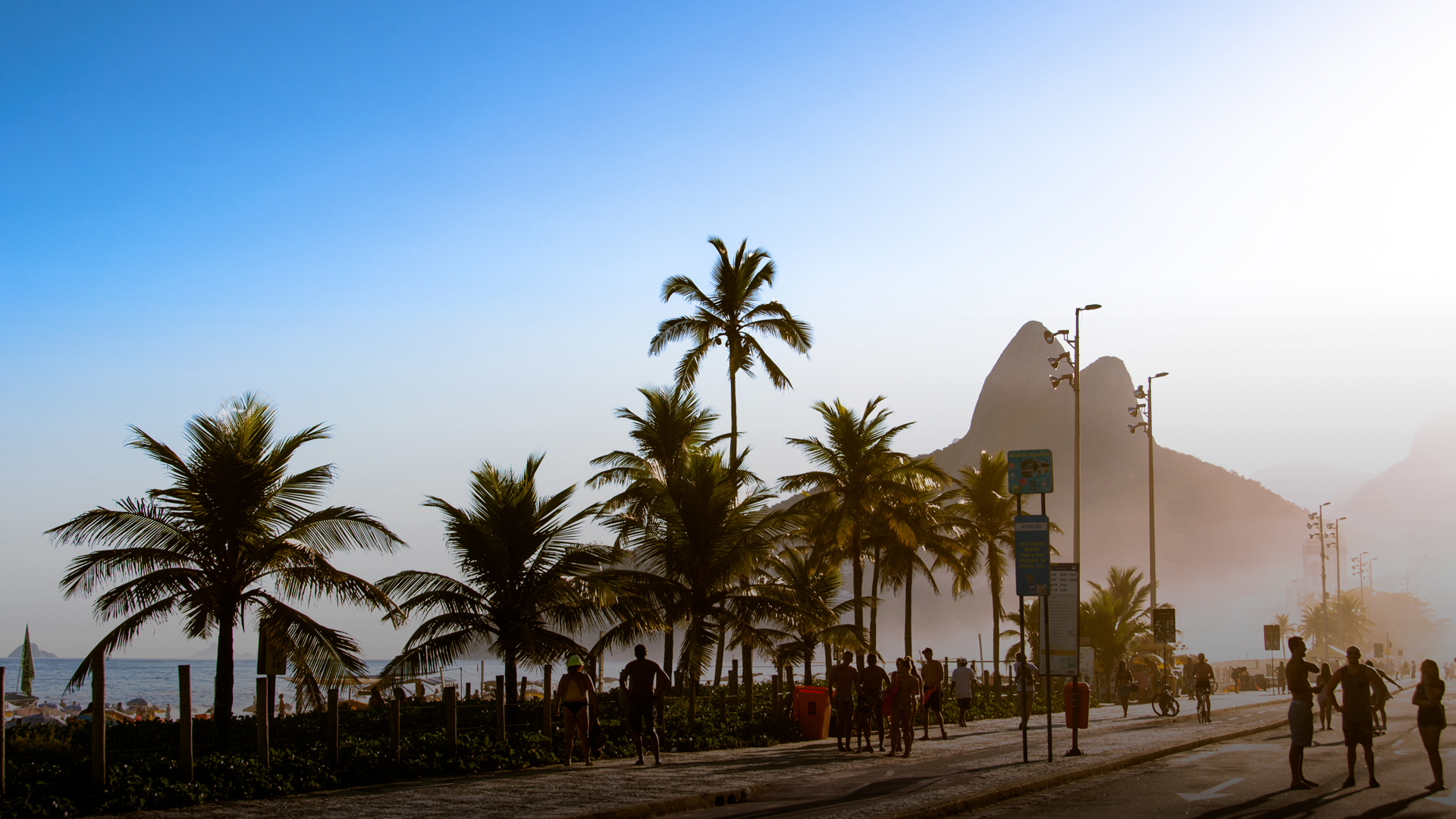The Sambodromo or the Sambadrome is the epicenter of samba during the Rio de Janeiro Carnival. Locals and tourists in the stadium watch as the top samba schools perform for the title along Marques de Sapucai avenue.

The stadium was originally conceptualized by Oscar Niemeyer in 1984. The stadium is stretched about 700 meters across the avenue. It can seat at least 90,000 people at a time although this swells up during the Carnival.
Sambodromo in history
The choice of location where the stadium was built today was not an accident. According to oral tradition, the samba—a blend of African and Brazilian moves—started in a former African slave’s house right in this site. The courts or quadras outside the Sambadrome is where schools practice their routines. Learning Samba de Salao or the ballroom samba should be a romantic thing to do for a couple.
There are numerous ‘gafieiras’ or samba parlors all around where you both can practice. The Estudantina is the oldest such establishment. Visit the place, if not for practice, then for photo-taking.
Campo de Santana Square
If you are somewhere near the Sambodromo, you can also visit Campo de Santana park for a leisure walk and a bit of sightseeing. Covering 155,000 square meters, the park has rich flora and fauna, as well as man-made lakes and fountains. Have fun spotting an agouti, it’s like a squirrel although much bigger. At the park’s center, there’s a shrine dedicated to French thinker and painter Benjamin Constant.

The birth of Brazil republic
Another must-visit destination near the Sambodromo is a park called Praca 15 de Novembro or simply Praca XV. Here you can find the Paco Imperial and the Tiradentes Palace.

It’s here where Brazil republic was born. It’s also a trading area where you can buy souvenirs and gifts from antique products, clothes and accessories. The Espaco Cultural da Marinha has a rich collection of naval history.
St. Benedict’s monastery
The Sao Bento Monastery is built in honor of St. Benedict. It’s fairly close to the Sambadrome and should be compulsory stop for any tourist. The façade is rather inconspicuous, bland even. But its interior is heavenly. You can spend a few minutes here in complete tranquility.

The Cidade do Samba
Cidade do Samba refers to that compound of buildings near Sambodromo where the top samba schools keep warehouses.

This is actually where you can see the magic behind the veil. Take a trip and witness how the costumes are sewn and the floats built. Souvenirs are also sold here if you want a memento of your visit. All the activities during the Carnival is coordinated and organized by the Liga Independente das Escolas de Samba.
Dining out
Surrounding Sambadrome are many eateries, snack bars, cafes and restaurants. You are only limited by your imagination and budget. Cariocas love to chill with a mug of beer and lot of conversation. Order crispy fried sardines at Beco das Sardinhas and find out why the locals are raving about it.
One of Rio’s oldest establishments, the Bar luiz, serve delicious German dishes like Eisbein or pork, sausages, or Kassler or smoked ribs. The location is not far from the Sambodromo.




